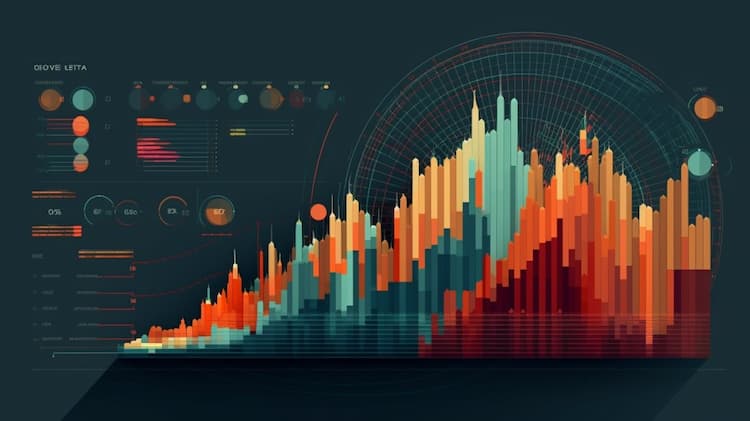
XLV VS XBI
Exchange-Traded Funds (ETFs) have emerged as versatile tools for investors to gain exposure to various sectors and asset classes in the financial world. In this article, we will conduct a thorough comparison between two prominent ETFs: XLV (Health Care Select Sector SPDR Fund) and XBI (SPDR S&P Biotech ETF). We'll delve into key aspects such as ETF tickers, full names, issuers, sectors, top holdings, capitalization, strategy, tracking, and exposure.
XLV Vs XBI: Overview
XLV and XBI are two ETFs that cater to different niches within the health care sector. XLV focuses on providing investors with broad exposure to established health care companies, while XBI hones in on the dynamic and high-potential biotechnology industry. Let's explore how these differences influence their performance and risk profiles.
XLV Vs XBI: Sectors and Top Holdings
The XLV ETF primarily invests in established health care companies, including pharmaceutical giants like Johnson & Johnson and Pfizer, along with health care services and equipment providers. In contrast, XBI is geared towards the biotech industry and holds shares of companies such as Amgen, Moderna, and Regeneron Pharmaceuticals. Understanding the sectors and top holdings is crucial for investors to align their investment strategies with their goals and risk preferences.
 XLV overlap XLV VS XBI
XLV overlap XLV VS XBI
XLV Vs XBI: Capitalization and Strategy
XLV boasts a substantial asset under management (AUM), making it one of the largest health care sector ETFs. Its strategy revolves around tracking the performance of well-established health care companies. XBI, on the other hand, focuses on biotech firms that are driving innovation in the health care sector. The difference in capitalization and strategy between these ETFs shapes their potential returns and risks, requiring careful consideration from investors.
XLV Vs XBI: Tracking and Exposure
The XLV ETF aims to provide investors with exposure to the broader health care sector's movements, which include pharmaceuticals, health care equipment, and health care services. XBI, in contrast, zeroes in on biotechnology, aiming to replicate the performance of biotech companies. The tracking mechanisms differ; XLV tracks an index of well-established health care companies, while XBI tracks an index of biotech firms. Understanding the tracking and exposure strategies can help investors make informed decisions.
Conclusion
XLV and XBI are distinct ETFs that cater to diverse aspects of the health care sector, allowing investors to align their portfolios with their preferences and objectives. For those seeking deeper insights into the holdings, correlations, overlaps, and other essential details, the ETF Insider is a valuable tool. This user-friendly app provides comprehensive information on these financial instruments and more.
Disclaimer: This article is intended for informational purposes only and does not offer investment advisory services.
Sources:
XLV quote and analysis
Discover the top holdings, correlations, and overlaps of ETFs using our visualization tool.
Our app allows you to build and track your portfolio.
To learn more about the XLV Health Care Select Sector SPDR Fund, access our dedicated page now.
FAQ
Why is XLV better than XBI?
XLV may be considered better than XBI for some investors due to its specific focus, offering diversification.
Does XBI beat XLV?
XBI's performance relative to XLV will vary over time, depending on market conditions.
Should I invest in XLV or XBI?
The choice between XLV and XBI should align with your investment goals, risk tolerance, and desired exposure.
Are XLV and XBI good investments?
Both XLV and XBI can be suitable investments depending on individual investment strategies, goals, and risk profiles.
What is the correlation between XLV and XBI?
The correlation between XLV and XBI can vary over time, reflecting differences in performance.





